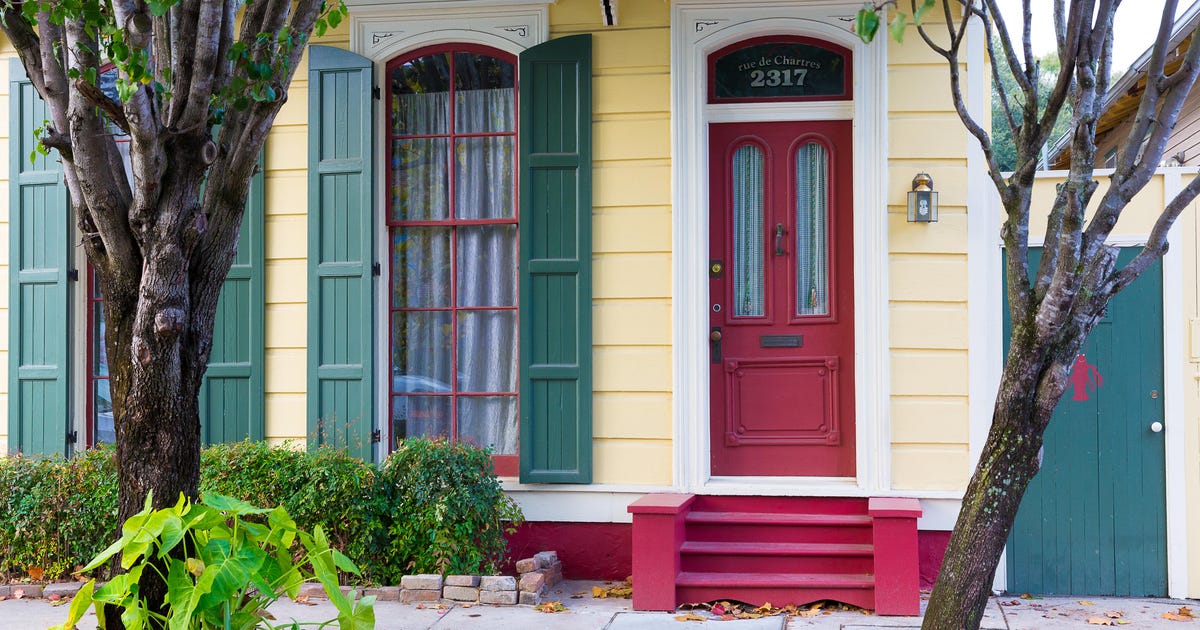
Mortgage rates are up slightly from last week. The average interest rate for the 30-year fixed mortgage is 5.42%, while the average rate for a 15-year fixed mortgages is 4.65%. Today, the average rate for the 5/1 ARM is 3.67%.
Mortgage rates have been climbing slowly since the start of this year, and are expected to increase throughout 2022. Rates are now closer to 2018 levels, surpassing the historic lows seen during the height of the pandemic. That said, interest rates fluctuate and may rise and fall on a daily basis due to numerous economic factors. With rates expected to continue rising, now is a good time for prospective homebuyers to lock in a lower rate. Speaking with multiple lenders will help you find the best rate available for your financial situation.
30-year fixed-rate mortgages
The average 30-year fixed mortgage interest rate is 5.42%, which is an increase of 14 basis points as seven days ago. (A basis point is equivalent to 0.01%.) Thirty-year fixed mortgages are the most common loan term. A 30-year fixed mortgage will usually have a higher interest rate than a 15-year fixed rate mortgage — but also a lower monthly payment. You won’t be able to pay off your house as quickly and you’ll pay more interest over time, but a 30-year fixed mortgage is a good option if you’re looking to minimize your monthly payment.
15-year fixed-rate mortgages
The average rate for a 15-year, fixed mortgage is 4.65%, which is an increase of 20 basis points from seven days ago. Compared to a 30-year fixed mortgage, a 15-year fixed mortgage with the same loan value and interest rate will have a bigger monthly payment. But a 15-year loan will usually be the better deal, as long as you’re able to afford the monthly payments. You’ll most likely get a lower interest rate, and you’ll pay less interest in total because you’re paying off your mortgage much quicker.
5/1 adjustable-rate mortgages
A 5/1 ARM has an average rate of 3.67%. For the first five years, you’ll typically get a lower interest rate with a 5/1 ARM compared to a 30-year fixed mortgage. However, since the rate adjusts with the market rate, you may end up paying more after that time, as described in the terms of your loan. Because of this, an ARM could be a good option if you plan to sell or refinance your house before the rate changes. Otherwise, shifts in the market means your interest rate could be significantly higher once the rate adjusts.
Mortgage rate trends
Although 2022 started with low mortgage rates, there has been a steady rise recently, and rates are expected to continue going up throughout 2022. Home loan rates are influenced by different economic factors. A major one is government policy set by the Federal Reserve, which raised rates in March for the first time since 2018 in response to record-high inflation. The Fed anticipates raising interest rates six more times this year, so if you’re looking to buy a house in 2022, you should be prepared for interest rates to keep ticking up.
We use rates collected by Bankrate, which is owned by the same parent company as CNET, to track changes in these daily rates. This table summarizes the average rates offered by lenders across the country:
Average mortgage interest rates
| Product | Interest Rate | Last Week | Change |
| 30-year fixed | 5.42% | 5.28% | +0.14 |
| 15-year fixed | 4.65% | 4.45% | +0.20 |
| 30-year jumbo | 5.38% | 5.23% | +0.15 |
| 30-year refinance | 5.42% | 5.25% | +0.17 |
Rates as of Apr. 28, 2022.
How to shop for the best mortgage rate
You can get a personalized mortgage rate by connecting with your local mortgage broker or using an online calculator. Make sure to think about your current finances and your goals when trying to find a mortgage. A range of factors — including your down payment, credit score, loan-to-value ratio and debt-to-income ratio — will all affect the interest rate on your mortgage. Generally, you want a good credit score, a higher down payment, a lower DTI and a lower LTV to get a lower interest rate. Besides the interest rate, factors including closing costs, fees, discount points and taxes might also impact the cost of your house. Make sure to comparison shop with multiple lenders — such as credit unions and online lenders in addition to local and national banks — in order to get a mortgage loan that’s the right fit for you.
What’s the best loan term?
When picking a mortgage, remember to consider the loan term, or payment schedule. The loan terms most commonly offered are 15 years and 30 years, although you can also find 10-, 20- and 40-year mortgages. Another important distinction is between fixed-rate and adjustable-rate mortgages. For fixed-rate mortgages, interest rates are fixed for the life of the loan. For adjustable-rate mortgages, interest rates are stable for a certain number of years (usually five, seven or 10 years), then the rate fluctuates annually based on the market interest rate.
One thing to consider when choosing between a fixed-rate and adjustable-rate mortgage is the length of time you plan on staying in your house. Fixed-rate mortgages might be a better fit if you plan on living in a home for quite some time. While adjustable-rate mortgages may offer lower interest rates upfront, fixed-rate mortgages are more stable over time. However you might get a better deal with an adjustable-rate mortgage if you’re only planning to keep your house for a few years. The best loan term is entirely dependent on an individual’s situation and goals, so be sure to consider what’s important to you when choosing a mortgage.
